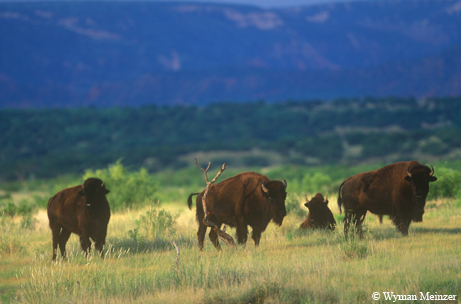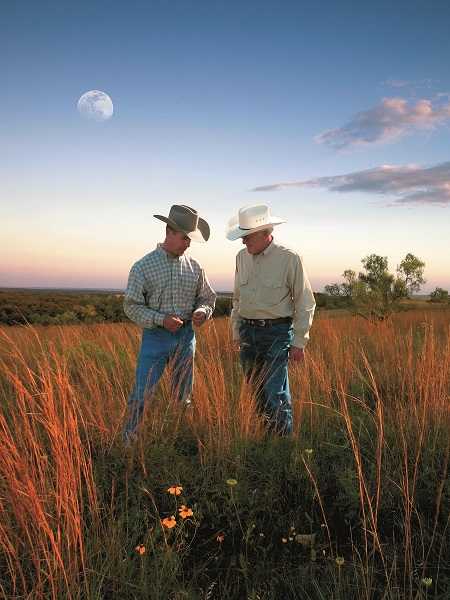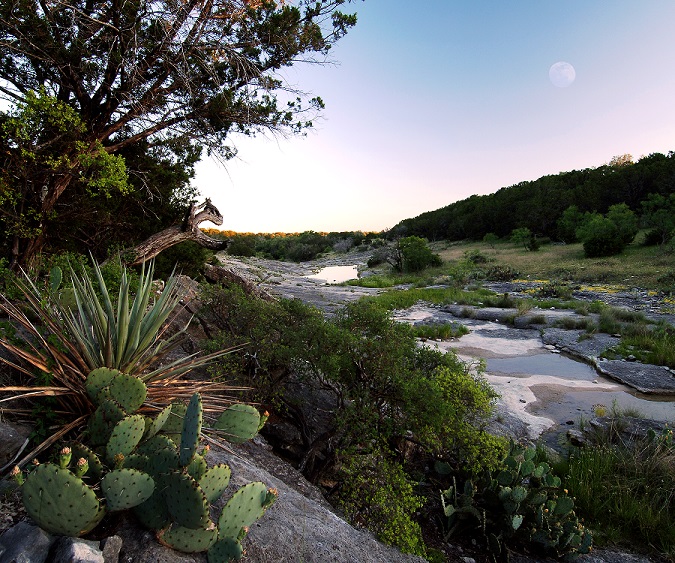TPW TV: The JA Ranch
Monday, December 23rd, 2013This is Passport to Texas
Andrew Bivins uses technology to manage his land.
11— He can tell you what kind of method they used. He can tell you how much it cost per acre. The amount of information he’s been able to incorporate into his databases is unheard of.
Bivins is managing partner of the historic JA Ranch in the Texas Panhandle, founded by Charles Goodnight and Bivins’ ancestor, John Adair. Texas Parks and Wildlife TV’s Ron Kabele produced a segment for the series about this fifth generation rancher.
05—When it comes to using computers and new technologies – Andrew gets it.
Bivins, a 2013 Lone Star Land Steward Award winner uses available GPS technology to keep track of his work on the property. This includes removing invasive woody species and prescribed burns to return the land to the prairie habitat it once was.
17—It’s a very long-term strategy. It will be my lifetime of working on it – and it will be my son’s lifetime of working on it. And hopefully, our grandchildren will have a ranch that’s more of a prairie than what my son and I will have.
Bivins has a detailed database of brushwork done on the ranch. Each acre he reclaims for prairie habitat translates into untold savings in water.
08— Everything out here is in competition for the little water we get. Pulling the woody invasive species out allows more water for the grasses.
This segment airs on the Texas Parks and Wildlife TV series the week of December 29.
For Texas Parks and Wildlife…I’m Cecilia Nasti.





 Passport to Texas is a
Passport to Texas is a  Passport to Texas is made available by:
Passport to Texas is made available by: